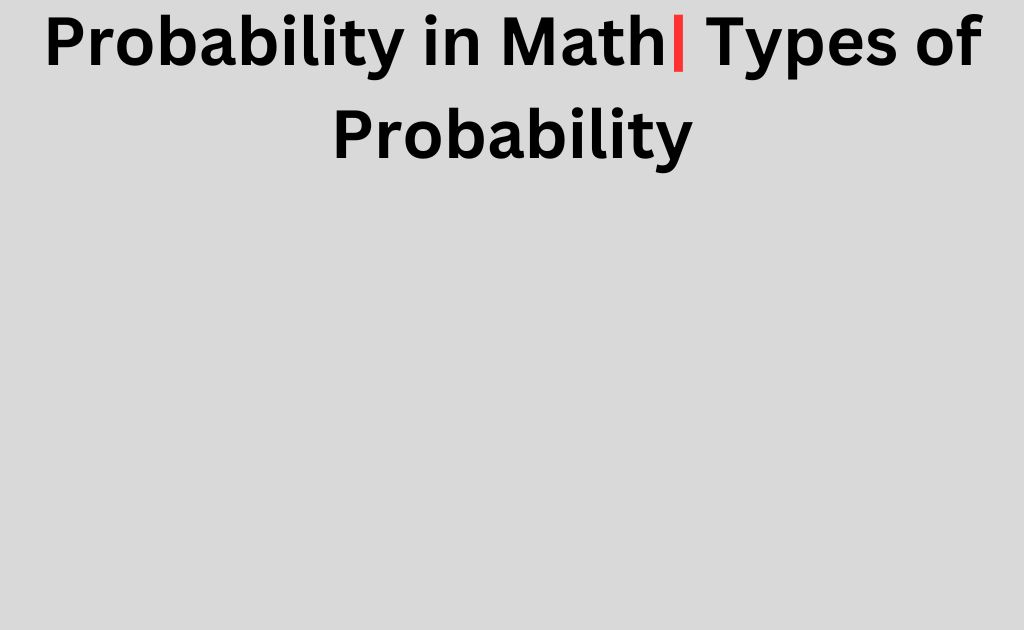Circular Permutation in Math
A circular permutation is an essential concept in mathematics, particularly in the field of combinatorics. It deals with the arrangement of objects in a circle, where the order and orientation of the objects matter. In this article, we will delve deeper into circular permutation, its basic principles, formulas, and real-world applications.
Key points
- A circular permutation is a concept in mathematics used in combinatorics.
- It involves arranging objects in a circle, where the order and orientation matter.
- This is different from linear permutations where objects are arranged in a line.
- A formula to find the total number of permutations possible with n objects arranged in a circle is P(n) = (n-1)!.
- Circular permutation has real-world applications in scheduling, seating arrangements, and network topology.
- Overcounting is a challenge in circular permutation, which can be avoided by applying the correct formulas and careful reasoning.
What is Circular Permutation?
Circular permutation, also known as cyclic permutation, refers to the arrangement of objects or elements in a circle. It differs from linear permutations, where objects are arranged in a line. The order and orientation of objects in a circle matter, and each arrangement counts as a separate permutation.
Understanding Circular Permutation
To better understand circular permutation, let’s consider an example. Suppose we have three objects, A, B, and C, and we want to arrange them in a circle. We can start by placing A at any point on the circle.
Next, we can place B in one of the two available positions adjacent to A. Finally, we can place C in one of the two remaining positions, adjacent to either A or B.
Using this method, we can create six different permutations, as shown below:
ABC
BCA
CAB
ACB
CBA
BAC
Formulas for Circular Permutation
To find the total number of permutations possible with n objects arranged in a circle, we can use the following formula:
P(n) = (n-1)!
For example:
if we have six objects arranged in a circle, the total number of permutations would be
P(6) = (6-1)! = 5! = 120
Applications of Circular Permutation
Circular permutation has numerous real-world applications, such as in scheduling, seating arrangements, and network topology. For instance, in scheduling, circular permutation can be used to create a rotation schedule for employees in a company.
In seating arrangements, circular permutation can help find the number of ways people can sit around a circular table. In network topology, circular permutation can be used to design and analyze circular networks, such as ring topologies.
Challenges in Circular Permutation
One of the biggest challenges in a circular permutation is dealing with overcounting. Overcounting occurs when we count the same permutation multiple times. To avoid overcounting, we need to use careful reasoning and apply the correct formulas.
What is the difference between circular permutation and linear permutation?
Circular permutation involves arranging objects in a circle, while linear permutation involves arranging objects in a line.
What is the formula for circular permutation?
The formula for circular permutation is P(n) = (n-1)!
What are some real-world applications of circular permutation?
Circular permutation has applications in scheduling, seating arrangements, and network topology, among others.
What is overcounting in circular permutation?
Overcounting occurs when we count the same permutation multiple times, leading to an inflated number of permutations.

 written by
written by 





Leave a Reply